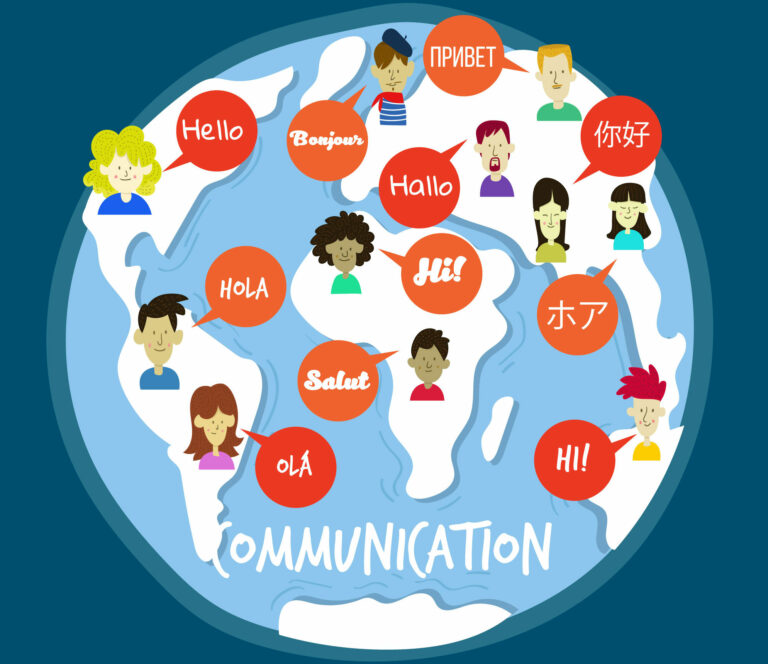
AI Breaks Barriers: New Developments in Language ProcessingAI Breaks Barriers: New Developments in Language Processing Artificial Intelligence (AI) has made significant strides in the realm of language processing, transforming the way we interact with machines and access information. Recent breakthroughs have further shattered barriers, opening up new possibilities for communication, content creation, and human-computer interaction. Advanced Language Models: Large language models (LLMs) like GPT-3 and BLOOM have revolutionized language understanding and generation. These models are trained on massive datasets of text, enabling them to understand and generate text with unprecedented accuracy and fluency. They facilitate tasks such as text summarization, question answering, and creative writing. Machine Translation without Intermediary Languages: AI is now capable of translating languages without relying on intermediary steps. This opens up the door for seamless communication across linguistic boundaries. For example, the Google Translate API now supports direct translation between over 100 languages, improving accuracy and reducing latency. Universal Machine Language: Researchers are developing universal machine languages that can be understood by different AI systems. This would allow AI models trained on different datasets and in different programming languages to communicate and collaborate effectively. Such advancements will enhance interoperability and foster the creation of more complex AI applications. Affordance-Aware Language Processing: AI is becoming increasingly aware of the physical world and its implications for language. This has led to the development of affordance-aware language processing, where AI models can understand and reason about the affordances of objects and actions. For instance, models can recognize that a cup is for holding liquids or that a handle can be used for pulling. Emotion and Sentiment Analysis: AI can now analyze text for emotions and sentiments, providing insights into the tone and emotional content of written communication. This technology finds applications in fields such as marketing, customer service, and mental health support. For example, chatbots can identify and respond appropriately to user emotions, creating more personalized and empathetic interactions. Conclusion: The latest developments in language processing have expanded the capabilities of AI in unprecedented ways. Advanced language models, improved machine translation, universal machine languages, affordance-aware language processing, and emotion and sentiment analysis are pushing the boundaries of human-computer interaction. These advancements have the potential to redefine the way we communicate, access information, and interact with the world around us.
Posted inNews